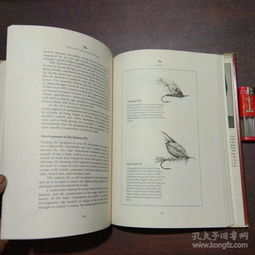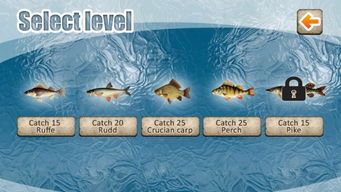Content:
Introduction: Fly fishing, an ancient art form that has captivated anglers for centuries, requires not only a deep understanding of water dynamics and fish behavior but also the perfect equipment. One of the most crucial tools in a fly fisherman's arsenal is the fly rod. In this article, we will delve into the world of fly fishing and explore the art of crafting your own fly rod, specifically focusing on the "big gun" of fly fishing – the fly rod known as the "big gun" or "bass bug rod."
Understanding the Big Gun Fly Rod: The big gun fly rod, also known as the bass bug rod, is designed to handle larger flies and heavier lines, making it an excellent choice for targeting bass, pike, and other large freshwater fish. These rods are characterized by their longer lengths, powerful actions, and heavy-duty construction. Crafting your own big gun fly rod allows you to tailor it to your specific needs and preferences, ensuring optimal performance on the water.
Materials Needed: Before we dive into the process of crafting your own big gun fly rod, it's essential to gather the necessary materials. Here's a list of items you'll need:
- Graphite or Bamboo blanks: The backbone of your rod, providing the necessary strength and flexibility.
- Rod guides: These components guide the line through the rod, and selecting the right ones is crucial for smooth casting and durability.
- Ferrules: These connect the rod sections and ensure a seamless transition between them.
- Reel seat: The part that holds the reel, and choosing the right one is important for comfort and durability.
- Epoxy: A strong, durable adhesive used to bond various components of the rod.
- Sandpaper or a buffer: For smoothing the rod's surface and applying a finish.
- Rod tube: For protecting your finished rod when not in use.
Crafting the Big Gun Fly Rod:
Selecting the Blank: The first step in crafting your big gun fly rod is selecting the appropriate graphite or bamboo blank. Consider the desired length, power, and action of the rod. Longer rods are typically more powerful and suitable for casting large flies over long distances.
Attaching the Rod Guides: Attach the rod guides to the blank using a strong adhesive like epoxy. Ensure that the guides are evenly spaced and positioned correctly along the rod. This step is crucial for achieving smooth casting and reducing line drag.
Adding Ferrules: Insert the ferrules into the rod sections and attach them using epoxy. The ferrules should fit snugly and securely, ensuring that the rod sections can be easily connected and disconnected.

Mounting the Reel Seat: Choose a reel seat that complements the aesthetics and functionality of your rod. Attach the reel seat to the blank using epoxy, ensuring that it is centered and securely fastened.
Applying Epoxy: Once all the components are in place, apply a layer of epoxy to the rod's blank. This will serve as a protective coating and enhance the rod's durability. Allow the epoxy to cure according to the manufacturer's instructions.
Sanding and Finishing: After the epoxy has cured, sand the rod's surface using sandpaper or a buffer to achieve a smooth finish. Apply a finish of your choice, such as a clear coat or varnish, to protect the rod and enhance its appearance.
Tuning the Rod: To ensure optimal performance, it's essential to tune your big gun fly rod. This involves adjusting the rod's balance, checking for any twists or kinks, and ensuring that the guides are aligned correctly.
Conclusion: Crafting your own big gun fly rod is a rewarding and fulfilling endeavor that allows you to tailor your equipment to your specific needs. By following these steps and using high-quality materials, you can create a durable, efficient, and aesthetically pleasing rod that will serve you well on the water. So, grab your tools, gather your materials, and embark on the exciting journey of crafting your own big gun fly rod!












